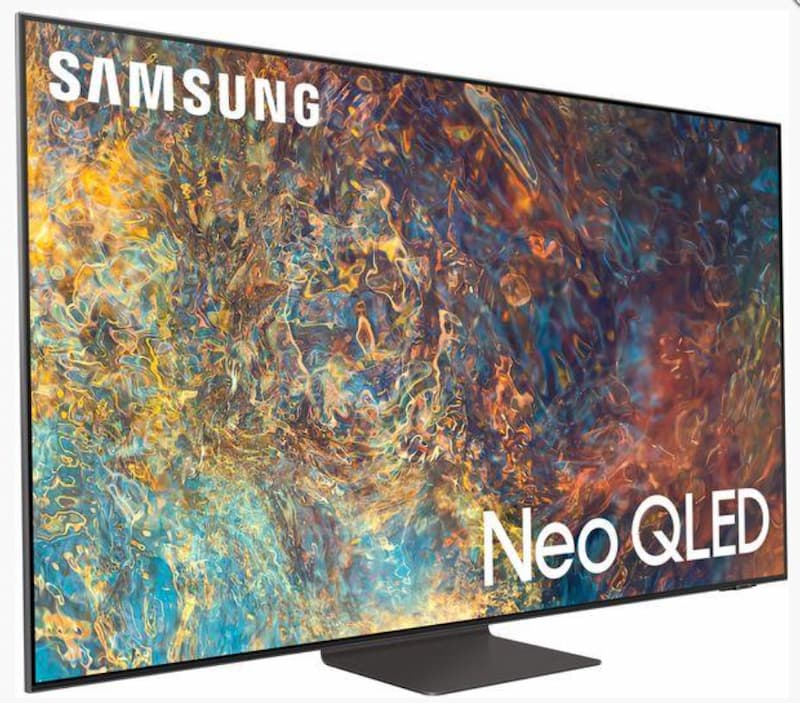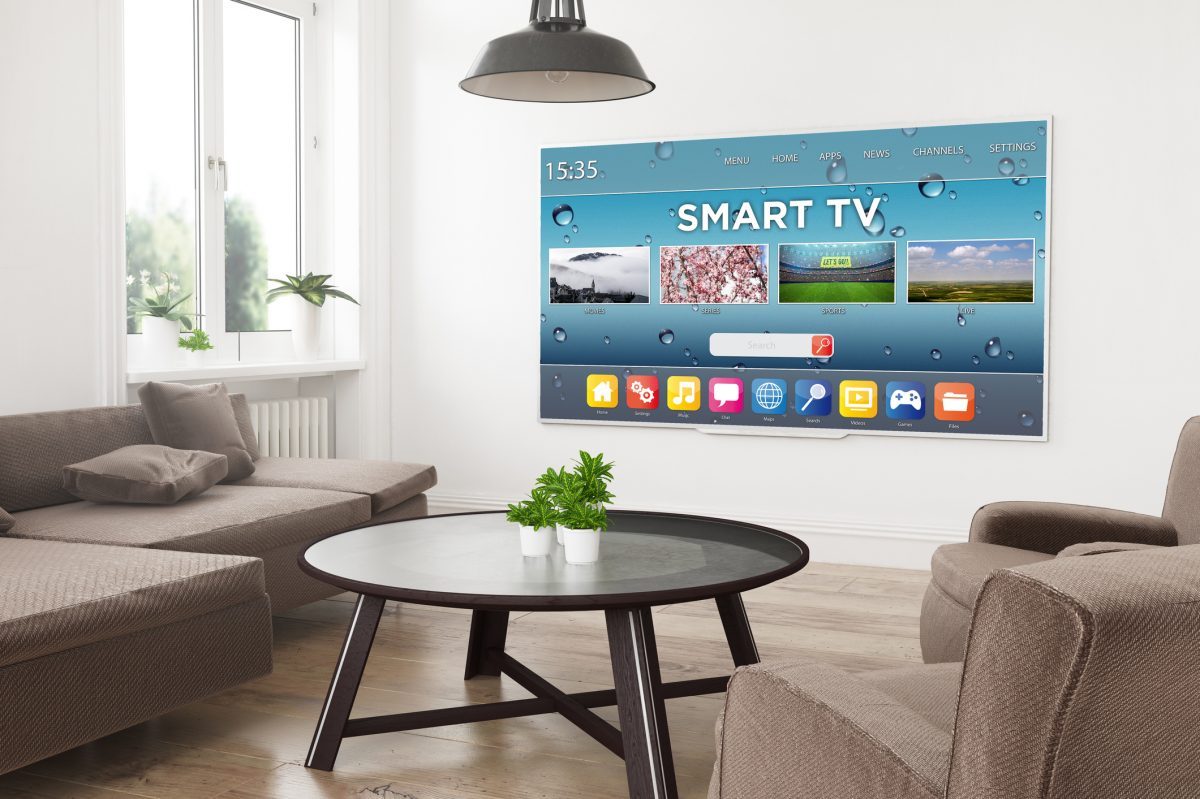Many people complain about lack of quality programming on television, especially on channels which we have to pay for with our TV license fee, but is this actually the case or just part of the great British past time of moaning?
Whilst program producers, writers and directors are trying to come up with new concepts, interesting dramas and other shows to keep their viewing public; there is another way to keep people involved in television viewing. More people have access to on demand services, internet TVs and other technology to mould their viewing habits around their lives. This creates more of a challenge for the producers of programs, who need to make sure the viewer is able to get access to the programs as well as just being interested.
Figures show that we are watching more “time shifted” programs – content watched after it was broadcast – from 22 minutes a day in 2006 to 34 minutes a day in 2011. This number is undoubtedly on the rise now, with more access to programming, rather than just through on demand services on computers.
With increased use of smart TVs and with older TVs getting connected to the internet by being used as monitors, it has created a much wider market for people to watch TV over the internet. Rather than it being a solitary means of someone watching a show on a personal computer, it is now much more social, with people buying ever increasingly cheap TVs to watch their favourite programs on.
For many the thought of internet TV is still very new, but for some who have used computers hooked up to HDTV’s for years, the newest sets are much more convenient. Coupled with extra functions of new TVs – such as 3D – make them a very attractive prospect, especially with ever decreasing price tags.







